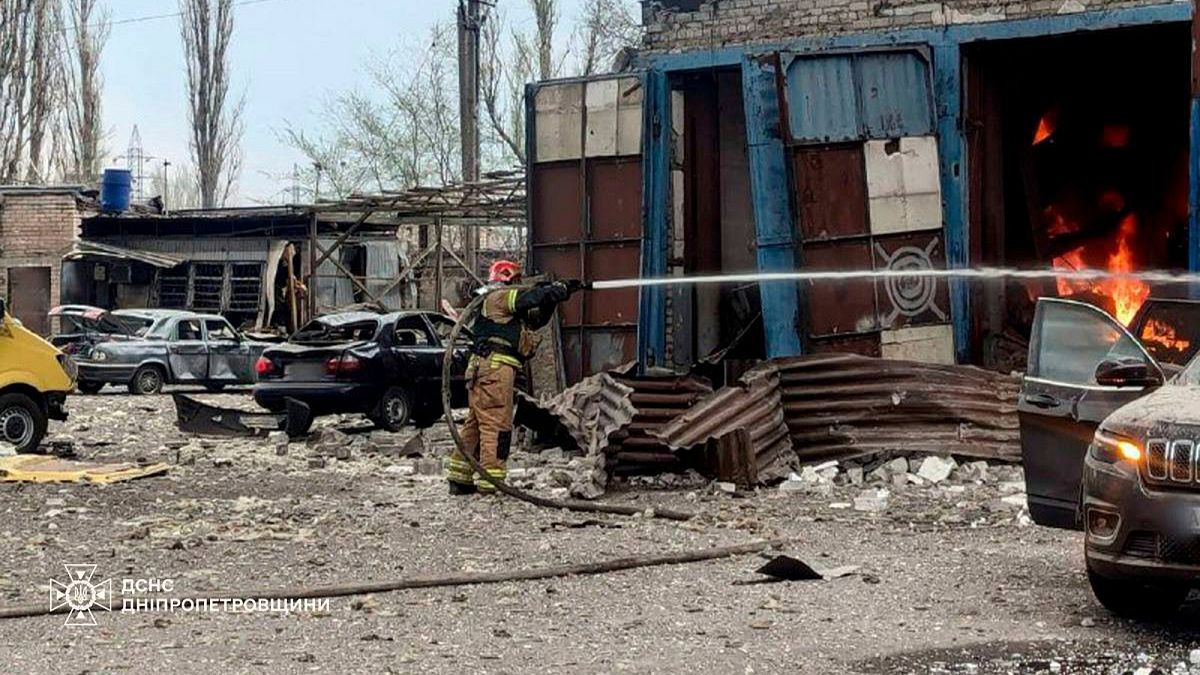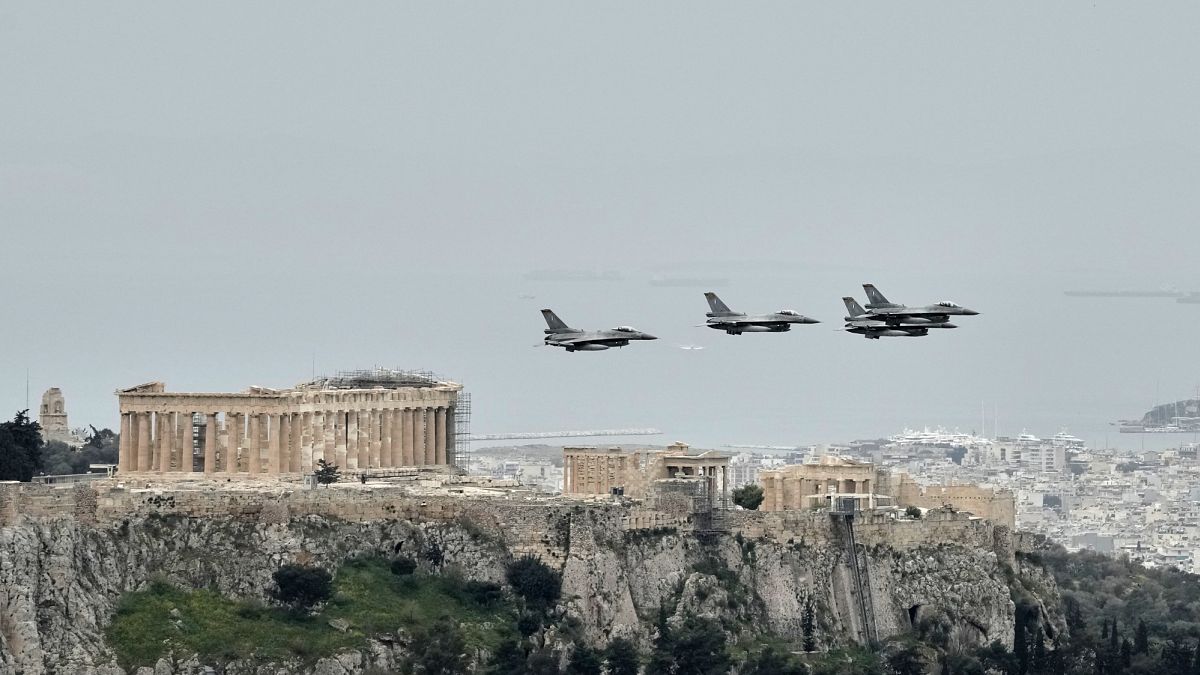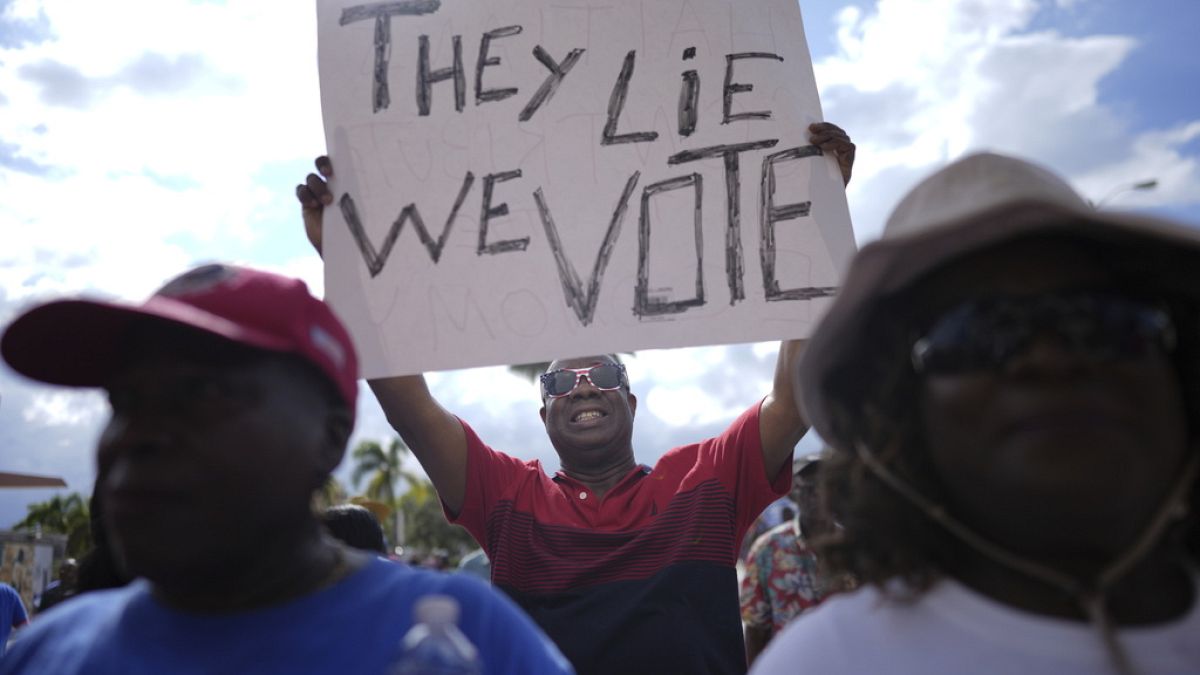What is space debris? How do we manage it? Is it dangerous? Euronews Tech Talks investigates these questions with ESA expert Quentin Verspieren.
In Gravity, the 2013 film directed by Alfonso Cuarón, astronauts Matt Kowalski and Ryan Stone are on a spacewalk when they are struck by an expanding cloud of debris, tearing Stone away from the spacecraft.
While the film’s plot is fiction, it is based on a real theory proposed by NASA expert Don Kessler in 1978.
His theory is that once space debris reaches a critical mass, collisions will trigger a chain reaction generating even more debris.
Whether Kessler syndrome is already a reality remains a topic of debate in the scientific community. What is certain is that the recent boom in space exploration is raising many questions about how to manage space junk.
To better understand space debris and its risks, Euronews Tech Talks spoke with Quentin Verspieren, the space safety programme coordinator at the European Space Agency (ESA).
What is space debris?
Space debris consists of defunct artificial materials orbiting Earth that usually come from satellites and rockets disintegrating in space, either spontaneously or due to collisions.
Verspieren said that normally when a satellite mission ends, agencies either place the object in a graveyard orbit or guide it down into the atmosphere, where it burns up upon reentry.
However, when satellite owners fail to follow disposal protocols for cleaning the orbit or unexpected failures occur, the satellite is left in space, creating debris.
This junk not only contributes to space pollution but also poses risks to space exploration.
“Our satellites are constantly hit by small debris, in a moderate way, but that could have consequences,” Verspieren said.
The most famous example of a collision happened in 2009, between the American Iridium 33 satellite and the defunct Russian Kosmos 2251. This event generated thousands of pieces of debris bigger than 10 cm, Verspieren said.
Though rare, space debris can also pose a hazard to people on Earth. In January 2025, Australian airline Qantas announced delays on flights between Sydney and Johannesburg because of falling space debris from a SpaceX rocket.
Although assessing the quantity of space debris can be challenging due to its dimension, ESA's statistical model has estimated that there are 1.1 million pieces of debris from 1 to 10 cm, flying in the lowest orbit at 40,000 km/h.
To these, we need to add the debris between 1 mm and 1 cm, which is estimated to be 130 million.
Although the small pieces of debris might seem irrelevant, they are important for space exploration.
"They could make more localised damage on the camera lens, solar panels, not necessarily destroy the entire mission, but hamper some of its capabilities," Verspieren explained.
How can we deal with space debris?
To prevent a Kessler-like scenario, ESA is focusing on designing future satellites with materials that disintegrate more easily upon reentry.
In cases where full disintegration is not possible, satellites can be equipped with Earth observation cameras, enabling a controlled re-entry of the device, in uninhabited areas.
"In the current situation, we don't envision a massive clean-up of the orbits," Verspieren said. "We envision more removing selective objects that could have potentially high risk".
This challenge highlights the difficulty of establishing a circular economy in space. To illustrate his point, the ESA expert compared space exploration to buying an expensive car from Italy, shipping it to Brussels on a private jet, and driving it until it runs out of fuel and then abandoning it on the street.
“That’s this paradigm shift that we need to have in space, this ability for in-orbit refuelling, in-orbit repair and in-orbit manufacturing,” Verspieren said.
Learn more about space debris on Euronews Tech Talks.

 4 weeks ago
8
4 weeks ago
8






 We deliver critical software at unparalleled value and speed to help your business thrive
We deliver critical software at unparalleled value and speed to help your business thrive






 English (US) ·
English (US) ·